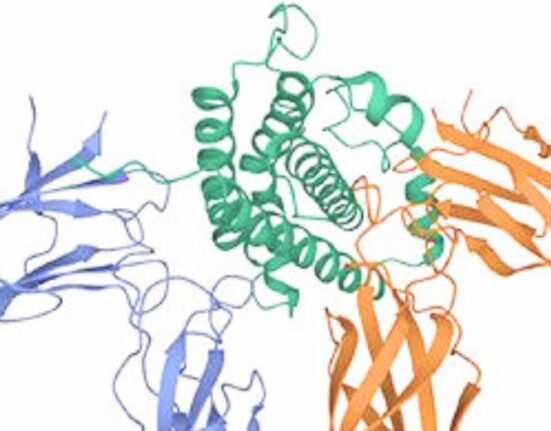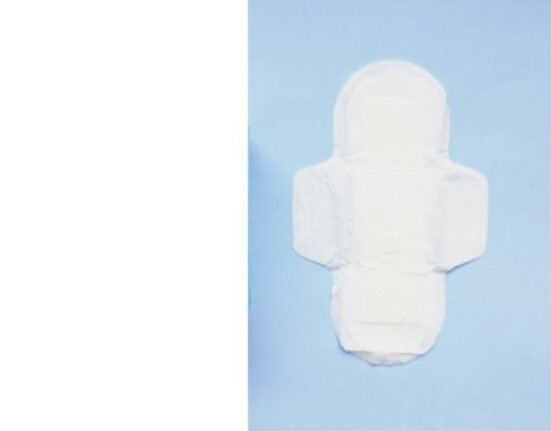Bharti Jayshankar
February 2, 2024: A new study has come up with an explanation for the heightened susceptibility of women to autoimmune diseases compared to men. The research found that a molecular coating present on half of women’s X chromosomes, absent in males, may be a potential trigger for the immune responses.
Autoimmune sex bias
Autoimmune disease is a leading cause of morbidity and mortality in young and middle‐aged women and this increased vulnerability has long perplexed medical experts. Women constitute approximately 80% of all autoimmune cases, including conditions such as lupus and rheumatoid arthritis. The latest research, sheds light on a previously overlooked aspect of X-chromosome biology that could add to our understanding of autoimmune disparities.
Traditionally, the X chromosome has been a prime suspect in explaining the sex bias in autoimmune diseases. In mammals, including humans, males typically possess only one X chromosome in their cells, while females carry two. The process of X-chromosome inactivation, where one X chromosome in most XX cells becomes inactive, aims to equalize the ‘dose’ of X-linked genes between females and males.
XISTence of autoantibodies
The intricate mechanism involves the formation of a molecular coating, a mix of RNA and proteins, facilitated by long RNA strands known as XIST. These strands attract proteins to create complexes that effectively silence genes on the inactive X chromosome. However, certain genes manage to evade this silencing process and are believed to contribute to autoimmune conditions.
What sets this study apart is the revelation that the proteins central to X-chromosome inactivation can trigger immunological responses.
Notably, the study challenges the long-standing assumption that the autoimmune sex bias is solely driven by hormonal and genetic factors on the X chromosome. The intricate interplay between the XIST molecule, immune responses, and autoimmune conditions provides a more deeper understanding.
Howard Chang, co-author of the study and a dermatologist and molecular geneticist at Stanford University School of Medicine, highlights that proteins interacting with XIST have been identified as targets of autoantibodies. These rogue bodies can attack tissues and organs, leading to the chronic inflammation and damage characteristic of autoimmune diseases. Chang and his team team induced a lupus-like disease in mice and found that animals that expressed XIST had higher autoantibody levels than those that didn’t. Their immune cells were also on higher alert, a sign of predisposition to autoimmune attacks, and they showed more extensive tissue damage.
This insight underscores the complexity of autoimmune diseases and opens avenues for targeted diagnostic and therapeutic approaches.
The study was published in Cell and can be accessed here.







